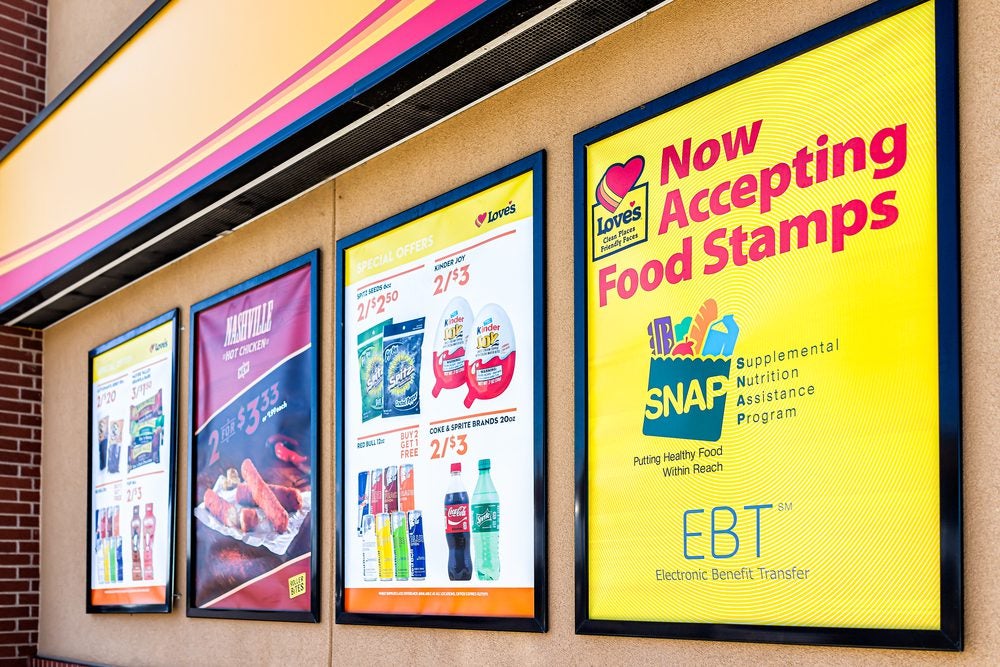You won’t find it on the calendar. No official date exists, but with Advertising Week almost complete, one that included MediaPost’s OMMA East and the IAB’s MIXX-Expo in New York City not to mention iMedia’s Brand Summit in Coronado Bay, California, it’s safe to say tradeshow season has begun. For the companies that put them on, the reasons for doing so are clear; for publishing based companies especially, the revenues from the shows fund the less profitable and less scalable content. For attendees the reasons for going are less clear and the value of the shows to date, hard to quantify. As the Internet economy continues to grow, so too will the number of shows. These shows can be quite fun, but at some point they take their toll both in time and money. So, how do you know if a show was a good show? I believe the answer comes not from the traditional approach, i.e. how many leads but from a study of underlying elements in the value of a tradeshow. I believe there are five dimensions to the tradeshow value formula, and we’ll discuss each in a two part tradeshow article.
Getting to a tradeshow costs money. Sending more than one person costs even more. Exhibitors can count on an even larger total, and sponsors among the highest cash outlay of any. Regardless of which group you are, the goal of those at the shows remains the same – to get your money’s worth – which until now meant looking for an increase in sales. While the show floors often bustle, finding new leads among the sea of attendees does not happen as easily or as often as one might think. A few hours of badge reading, and it’s hard to say whether people are genuinely looking or just checking each other out. Anyone who has worked a booth knows the prospecting situation remains equally unfulfilling. Meeting someone who could potentially spend money with you isn’t tough, but finding somebody you actually want to spend money with you is another story.
As attendees or exhibitors we feel compelled to go because we might just land a whale. It’s like a casino really. The odds of winning enough to cover the cost of going, let alone breaking even on your bets, aren’t in your favor. You won’t win if you don’t go, and if you don’t win, someone else, like your competition, might, and that is often a compelling enough reason itself to go. With regards to the tradeshow, the odds of finding the client you want aren’t high, but if such a client is going to be there, you certainly don’t want your competition getting to them and not you. Take as a given that all want the conference to generate sales, but sales alone as an outcome often won’t justify the cost of going. Like a casino, it makes for an emotional connection to going, but the true payoff comes from other experiences garnered from your time at the show.
Besides new sales, a second dimension to evaluating the shows is the quality of non-new business development connections made – the networking and face-time. Our industry is by definition a virtual one, but the rules of human interactions still apply. Straightforward deals might make up the majority of booked business, but in that remaining 20% of business that constitutes 80% of the profits, chances are that it includes relationships that rely on close communication. These are the exact type of relationship that are worth enhancing during the shows. These are the ones that lead to new introductions, advance notice of policy changes, preferential treatment (e.g., being able to bid on an advertisers’ trademarked terms when doing PPC arbitrage), and insights impacting both product design and overall corporate strategy. Networking and face-time are, however, ethereal and intangible. Rarely is there an agenda, and more often than not you don’t know in advance what the takeaways will be. The shows bring you together; use that time to connect with your key relationships and peers in the space.
Networking and face-time focus on non-agenda driven outcomes. So, too, does the third dimension of tradeshows. It offers something that has little revenue impact but guaranteed results. The dimension is entertainment, and the result is a good time. Those in our space know how to throw a great party. It’s a guilty pleasure, one that puts a hurt on the next day’s productivity, but entertainment as much as anything starts to hit at the heart of the underlying value of tradeshows. Chances are, each industry has its fair share of alcohol intake, but ours seems particularly egregious, and this most likely stems from a combination of the median age of our industry being so young and the companies in it fostering a work hard / play hard culture. As an attendee, I look forward to the parties, despite the high cost of drinks, impossibly long lines, and unfavorable female to male ratio. I thank the generosity of the companies who send us and their tolerance of our not so subtle excesses. The entertainment is a microcosm of the show – it hits at an emotional level; it is something you don’t want to miss while others enjoyed. As one dimension of the show, its value comes from the shared experience it creates, and its adding to the common vocabulary of the show attendees. In Part Two of our tradeshow valuation, we’ll look at the two remaining dimensions to the formula and further illustrate their value in creating a richer, more unifying experience.



